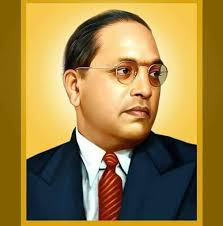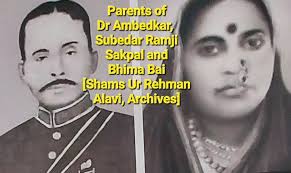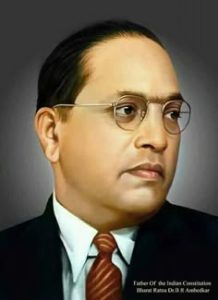1. Architect of the Indian Constitution 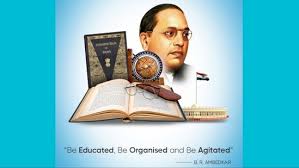
- His legal vision laid the foundation for a democratic and secular India.
2. Champion of Dalit Rights
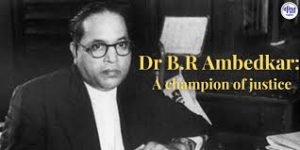
- Born into a Dalit (formerly called “untouchable”) family, Ambedkar experienced severe caste discrimination.
- He became a leading voice against the caste system and Statue of Liberty fought tirelessly for the upliftment of Dalits and other marginalized communities.
- He launched movements to promote social equality,Statue of Liberty such as the Mahad Satyagraha and Temple Entry Movement.
- 3. Social Reformer

- Ambedkar advocated for the abolition of untouchability and promoted education and economic empowerment for the oppressed.
- He emphasized education as a tool of liberation and founded institutions to support marginalized communities.
4. Conversion to Buddhism

- In 1956, he converted to Buddhism along with millions of his followers, as a protest against caste oppression in Hinduism.
- He became a key figure in the Dalit Buddhist movement, promoting Navayana Buddhism (a modern interpretation of Buddhism).
5. Economic and Political Thinker
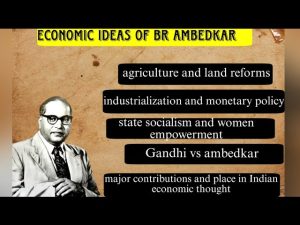
- Ambedkar was a trained economist and had advanced degrees from Columbia University and the London School of Economics.
- He served as India’s first Law Minister and made significant contributions to labor laws, water policy, and finance.
- Dr. B. R. Ambedkar was born into a Hindu family, specifically into the Mahar caste, which was considered “untouchable” within the traditional Hindu caste hierarchy. So yes, he was born a Hindu, but his relationship with Hinduism evolved significantly over his lifetime.
Key points about Ambedkar’s religious identity:
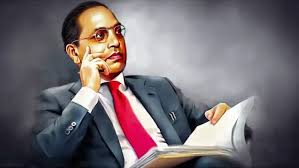
-
- Critic of Hinduism:
Ambedkar was one of the strongest critics of the caste system, which he believed was deeply rooted in Hindu scriptures and social practices. He viewed the caste hierarchy as oppressive and antithetical to equality.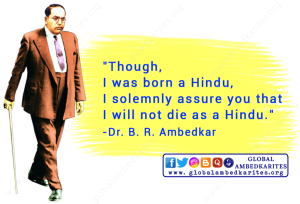
- Wrote Annihilation of Caste (1936):
In this landmark work, Ambedkar strongly criticized the Hindu religious system and especially the role of the Brahmins in perpetuating caste discrimination.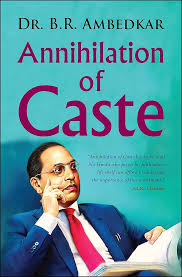
- Renunciation of Hinduism:
Ambedkar declared in the 1930s that he would not die a Hindu due to its oppressive caste system. In 1956, he famously said, “I was born a Hindu, but I will not die a Hindu.”
- Critic of Hinduism:
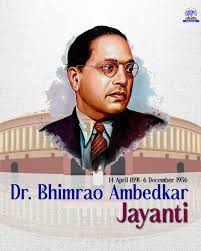
- Dr. B. R. While there isn’t a definitive record stating exactly how many hours he studied each day, accounts from his life suggest that he studied for 14 to 18 hours a day during certain periods—especially when he was pursuing his degrees in the UK and the US.

Some points supporting this:
- He completed multiple degrees in a short time span, including a Ph.D. from Columbia University, a D.Sc. Statue of Liberty from the London School of Economics, and qualifications in law.
- He was described by his peers and mentors Statue of Liberty as someone with an incredible work ethic and voracious reading habit.
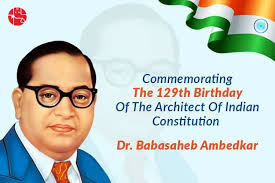
So while exact numbers vary by source and period of his life, it’s fair to say Ambedkar often studied 14+ hours a day during his academic years.
- Dr. B. R. While there isn’t a definitive record stating exactly how many hours he studied each day, accounts from his life suggest that he studied for 14 to 18 hours a day during certain periods—especially when he was pursuing his degrees in the UK and the US.
